Team:IIT Madras/Results
From 2009.igem.org
Contents |
Results
Comparing the differences in the growth rates of cells with and without plasmids in various media
Growth curves

Fig 8.1: DH5a grown in LB containing no antibiotic, LB containing Ampicillin, LB containing Chloramphenicol, LB containing both antibiotics.
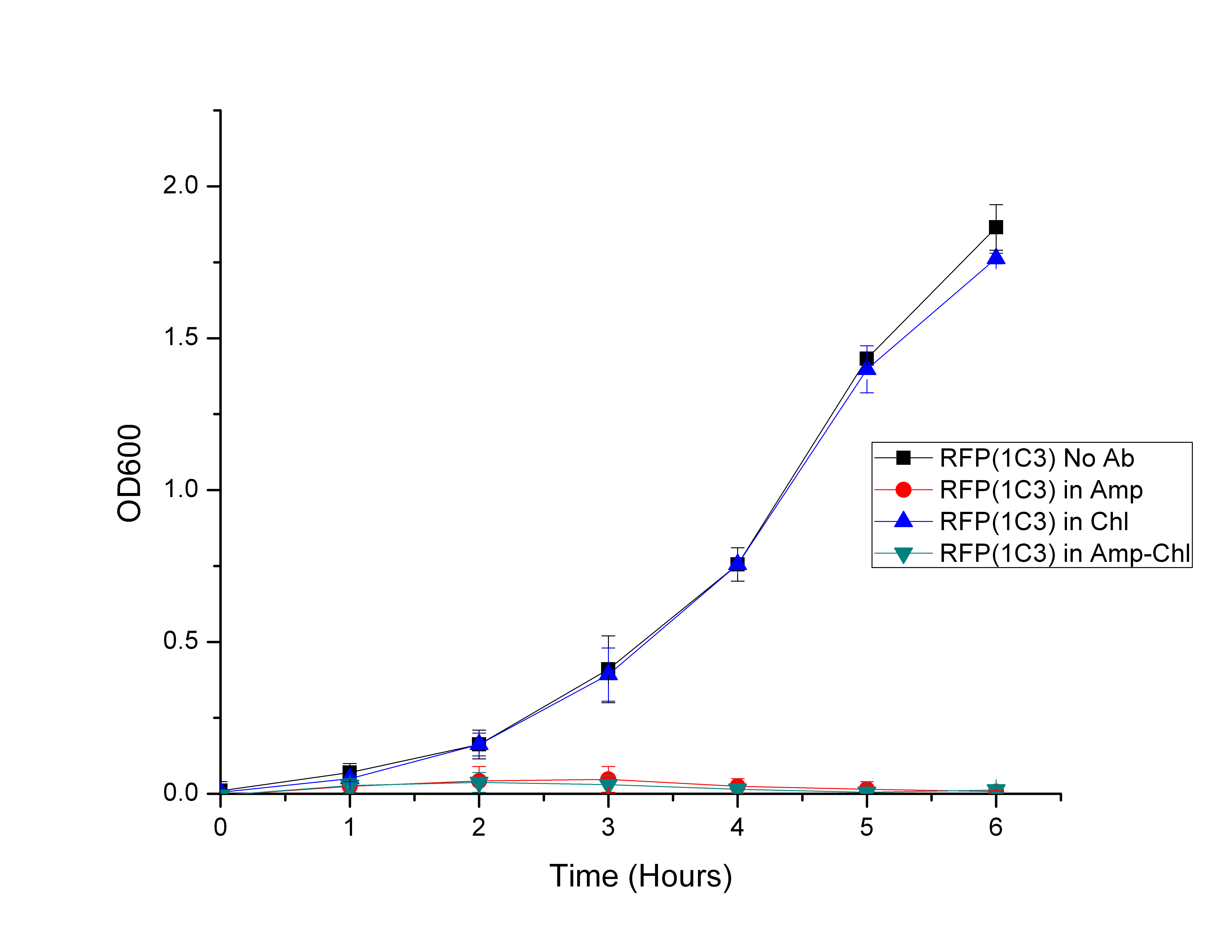
Fig 8.2: RFP (pSB1C3) contanining cells grown in LB containing no antibiotic, LB containing Ampicillin, LB containing Chloramphenicol, LB containing both antibiotics.
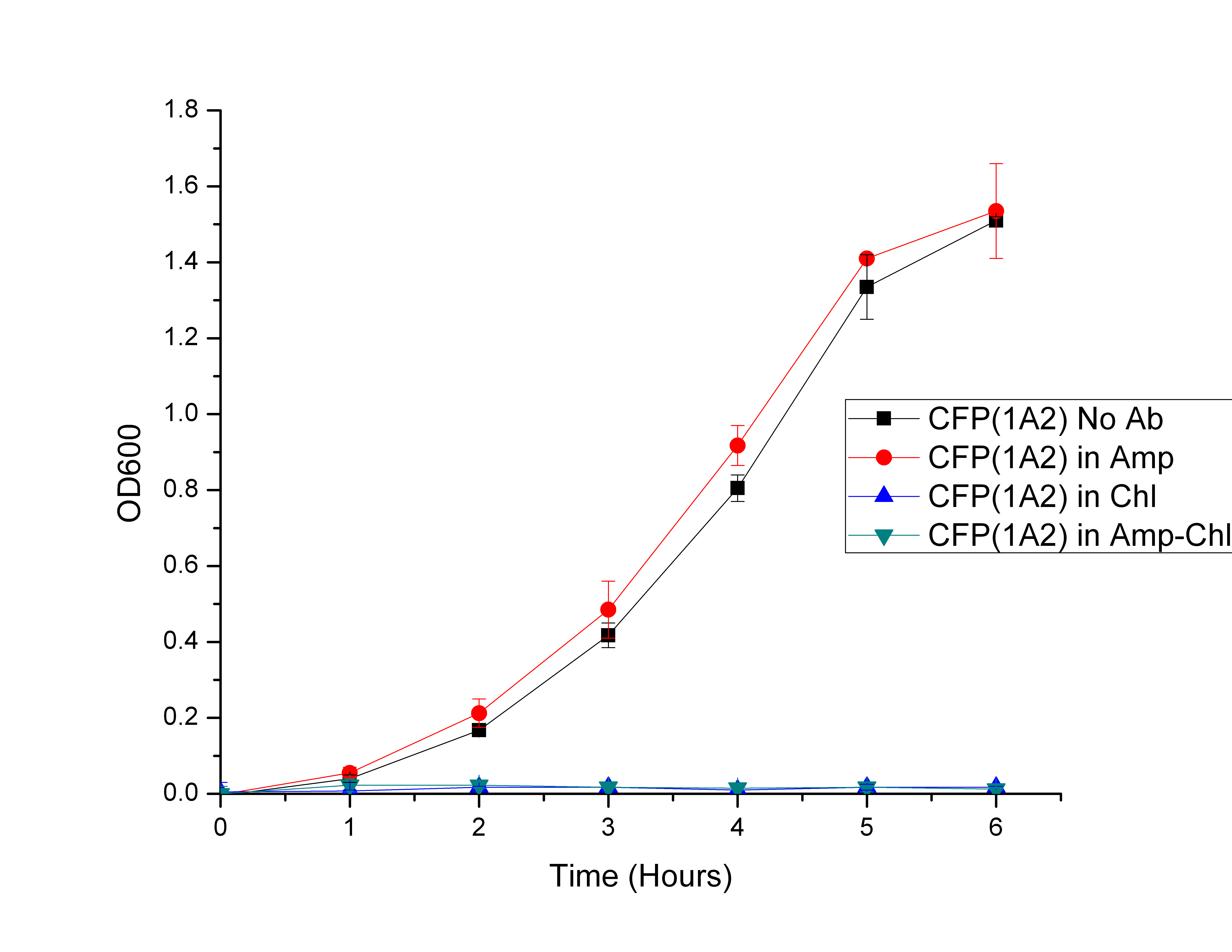
Fig 8.3: CFP (pSB1A2) contanining cells grown in LB containing no antibiotic, LB containing Ampicillin, LB containing Chloramphenicol, LB containing both antibiotics.
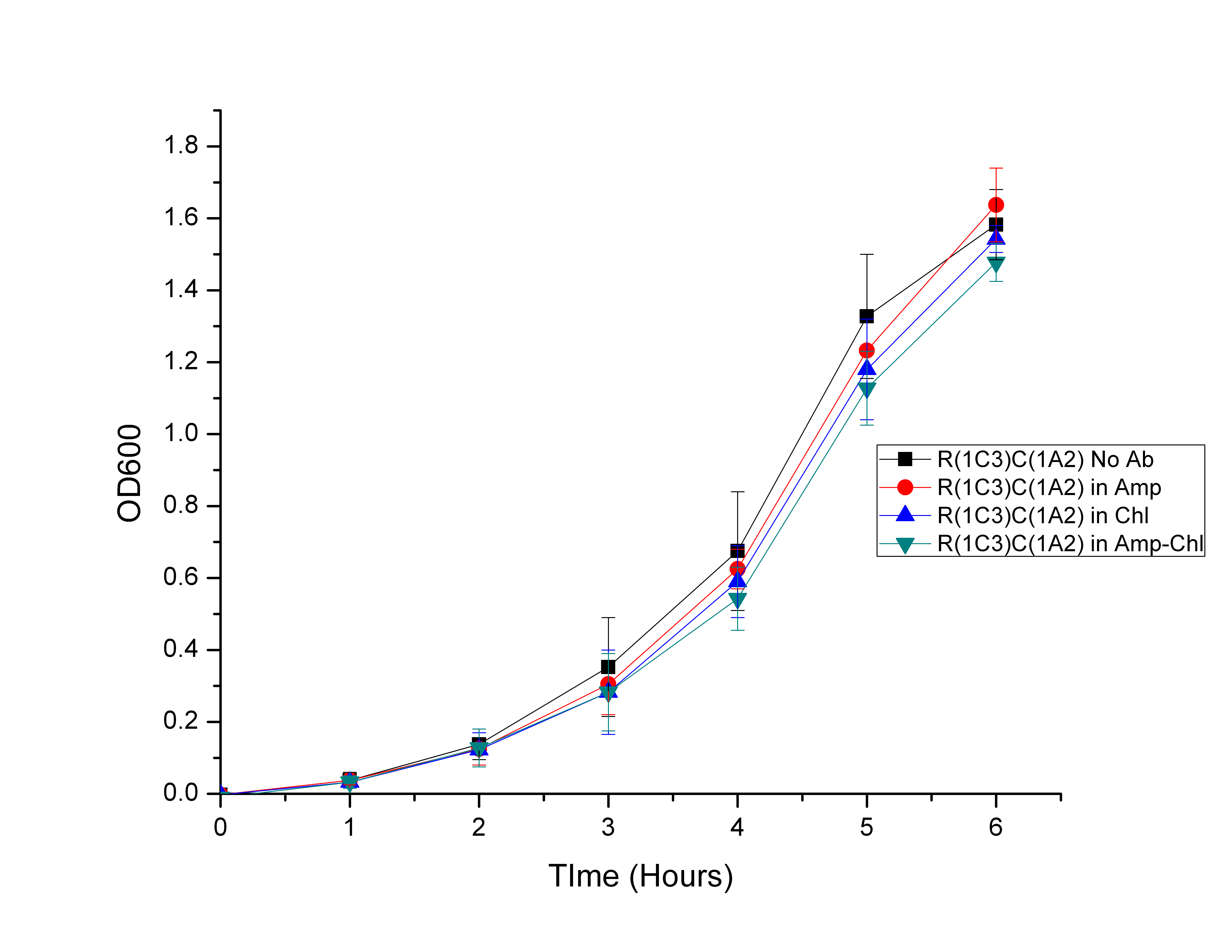
Fig 8.4: RFP (pSB1C3) - CFP (pSB1A2) contanining cells grown in LB containing no antibiotic, LB containing Ampicillin, LB containing Chloramphenicol, LB containing both antibiotics.
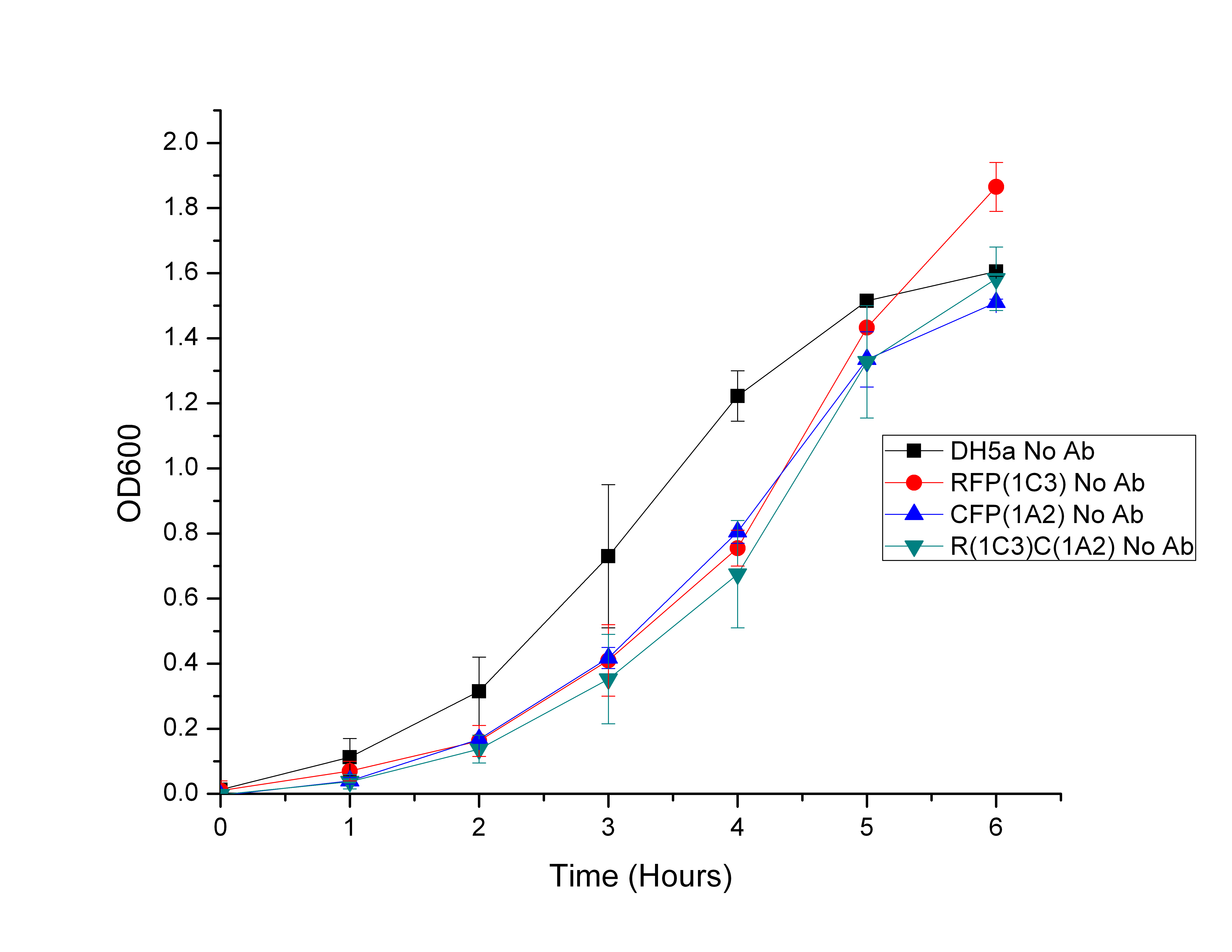
Fig 8.5: All 4 strains in media without antibiotics.
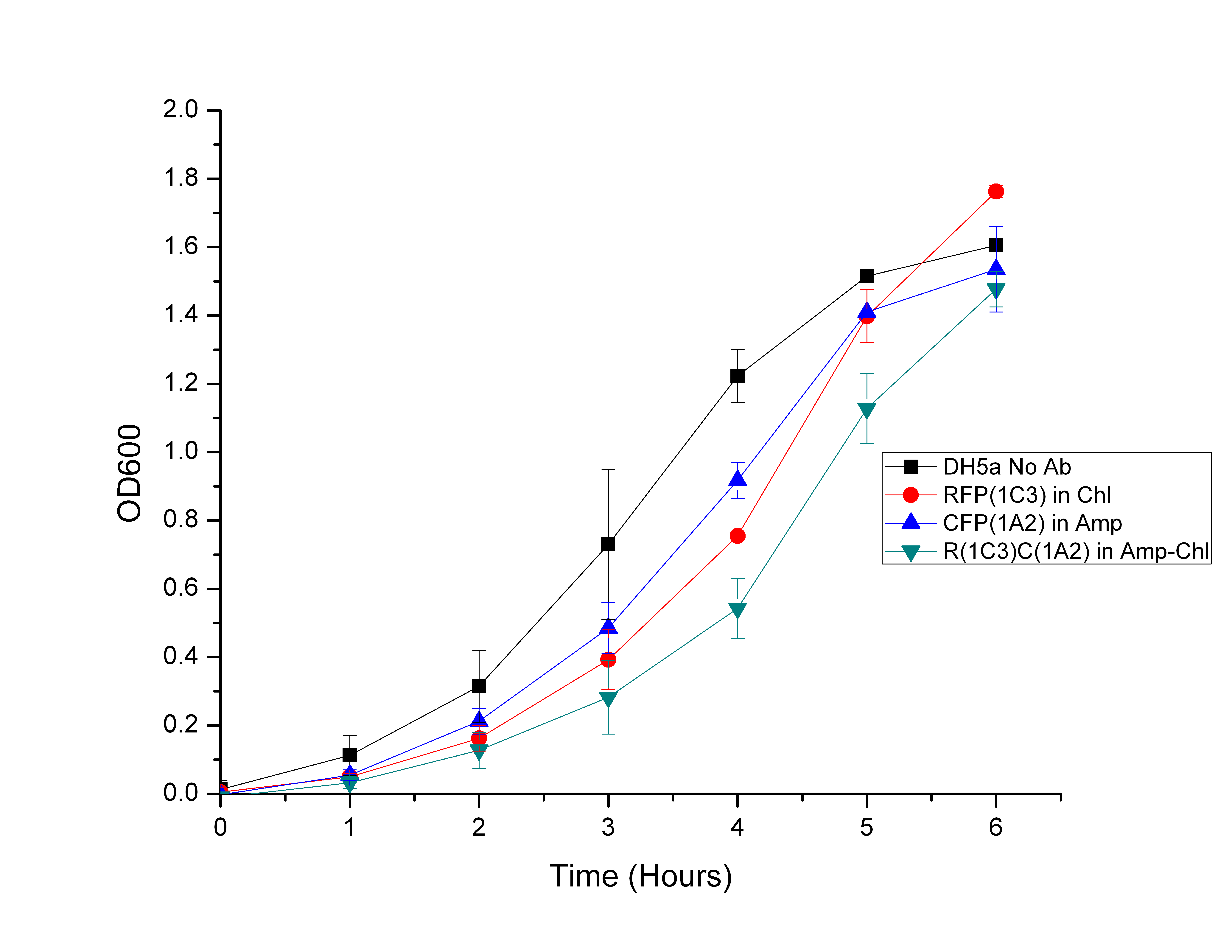
Fig 8.6: All 4 strains in their corresponding antibiotic media - DH5a in Lb without antibiotics, RFP (pSB1C3) in LB with Chloramphenicol, CFP (pSB1A2) in LB with Ampicillin, RFP (pSB1C3) - CFP (pSB1A2) cells in LB with Chloramphenicol and Ampicillin.
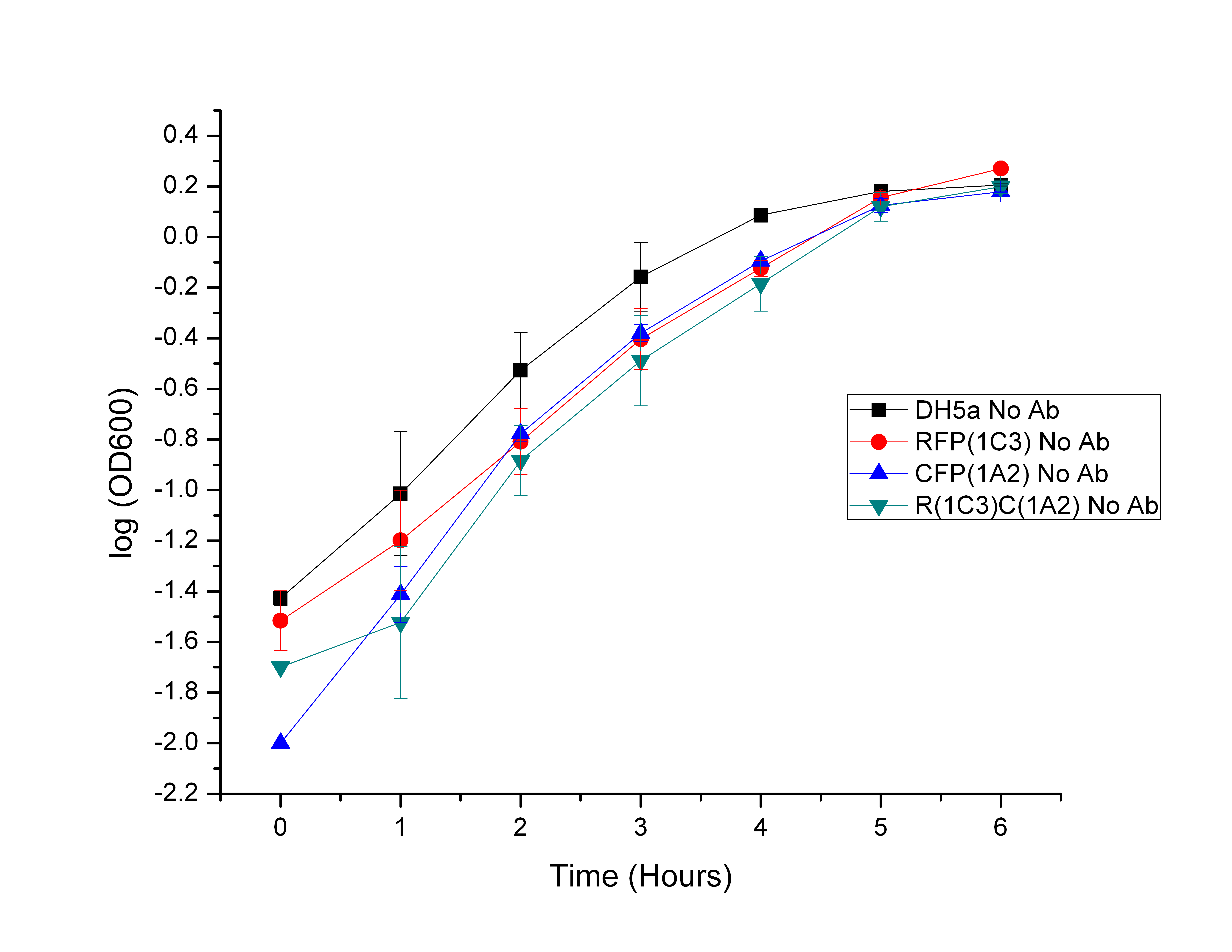
Fig 8.7: log (OD600) vs Time plot for all 4 strains in media without antibiotics.
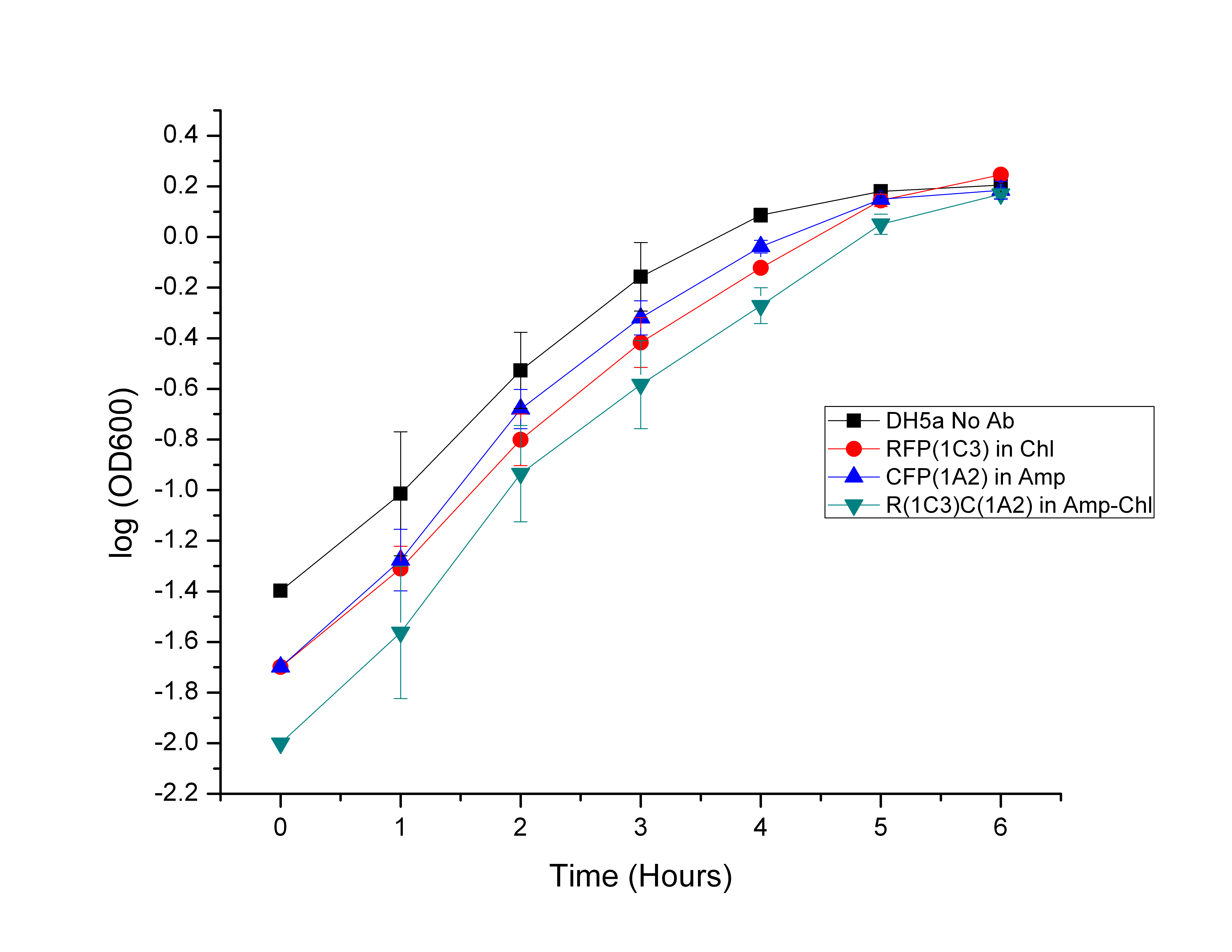
Fig 8.7: log (OD600) vs Time plot for all 4 strains in their corresponding antibiotic media - DH5a in Lb without antibiotics, RFP (pSB1C3) in LB with Chloramphenicol, CFP (pSB1A2) in LB with Ampicillin, RFP (pSB1C3) - CFP (pSB1A2) cells in LB with Chloramphenicol and Ampicillin.
Modeling
Fluorescent Imaging
 "
"






